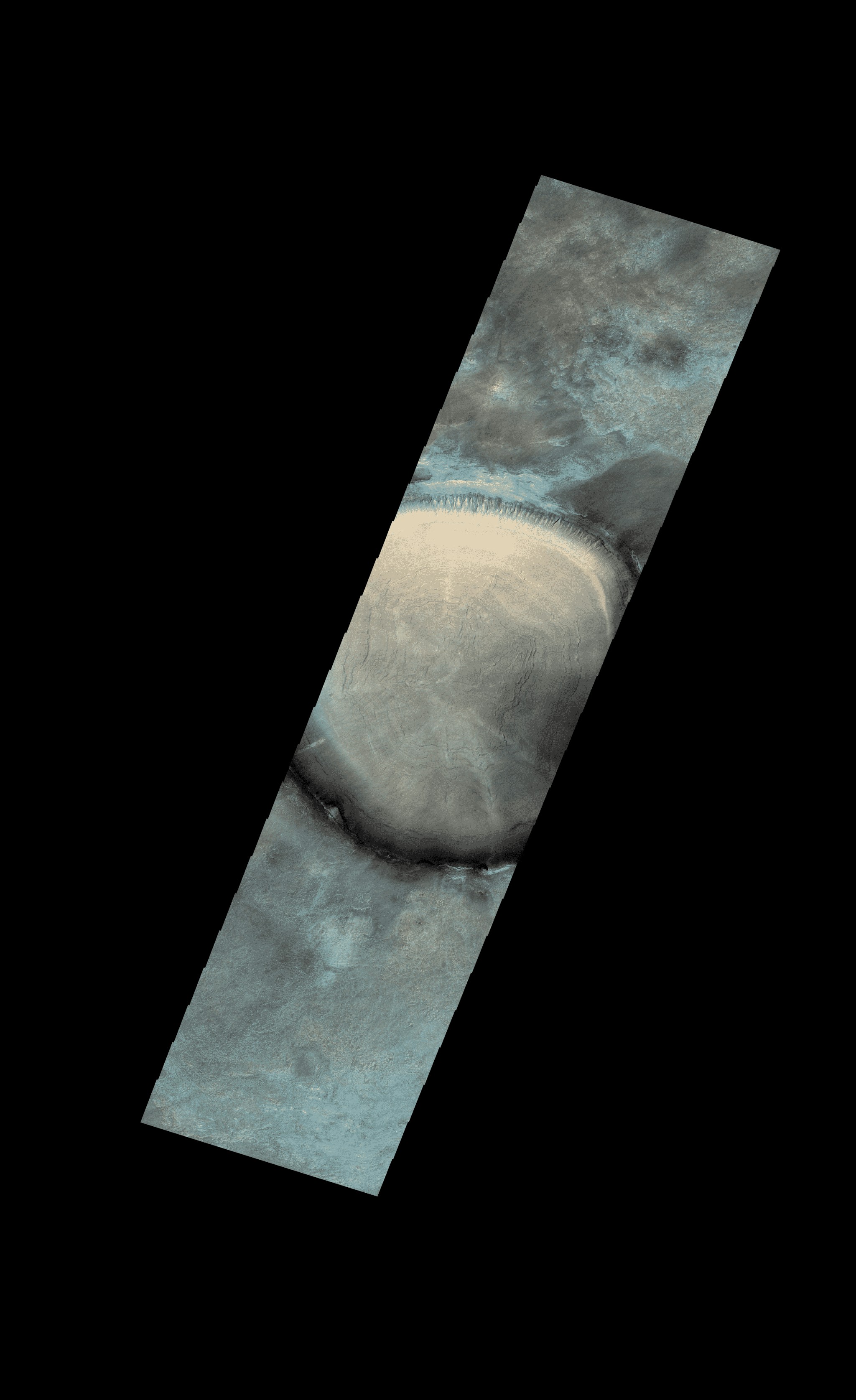The ExoMars Trace Gas Orbiter (TGO) probe recently captured a peculiar image of the surface of the Red Planet, revealing to us a crater that could easily be mistaken for a stump tree trunk and its characteristic concentric rings. How to explain such a structure?
ExoMars Trace Gas Orbiter (TGO) is a Mars probe jointly developed by the European Space Agency and the Russian space agency Roscosmos. Placed in orbit in 2016, its main mission is to study the atmosphere of Mars. The ship focuses in particular on gases and isotopes present in trace form . It also aims to define the spatial and temporal variations of the methane distribution and locate its potential sources.
Note that the probe will also provide data relay services for the ExoMars 2022 mission which plans to send the rover Rosalind Franklin and its Kazachok platform to the red planet to look for signs of life. After missing its initial launch window in part due to the pandemic, the mission is slated to launch next September.
That being said, from the Martian sky, the TGO probe also takes pictures of surface formations with its CaSSIS (Color and Stereo Surface Imaging System) camera. It sometimes reveals a few surprises to us, as evidenced by this new painting.
In a photo recently shared by ESA on June 13, 2021, there is indeed a strange surface feature resembling a giant tree stump and its concentric rings. The structure is located on the northern plains of Acidalia Planitia.
Incidentally, note that Acidalia Planitia also happens to be the landing site for the mission depicted in the science fiction novel and movie "The Martian" ("Only on Mars").

Unlike tree rings, "rings" drawn here do not indicate the age of this crater. In contrast, just as tree-rings provide snapshots of Earth's past climate, these patterns, though shaped very differently, also reveal details about the Red Planet's history.
According to an ESA press release, this crater would be rich in water ice . These structures would have been deposited like this many millions of years ago due to the way the planet's tilt (or axis of rotation) has changed over time. The visible cracks here would be the result of seasonal and temperature changes , causing the material in the crater to expand and contract with heat and cold.